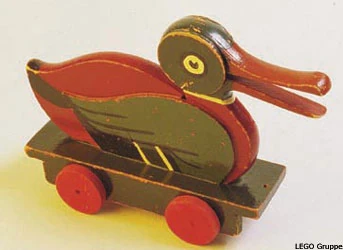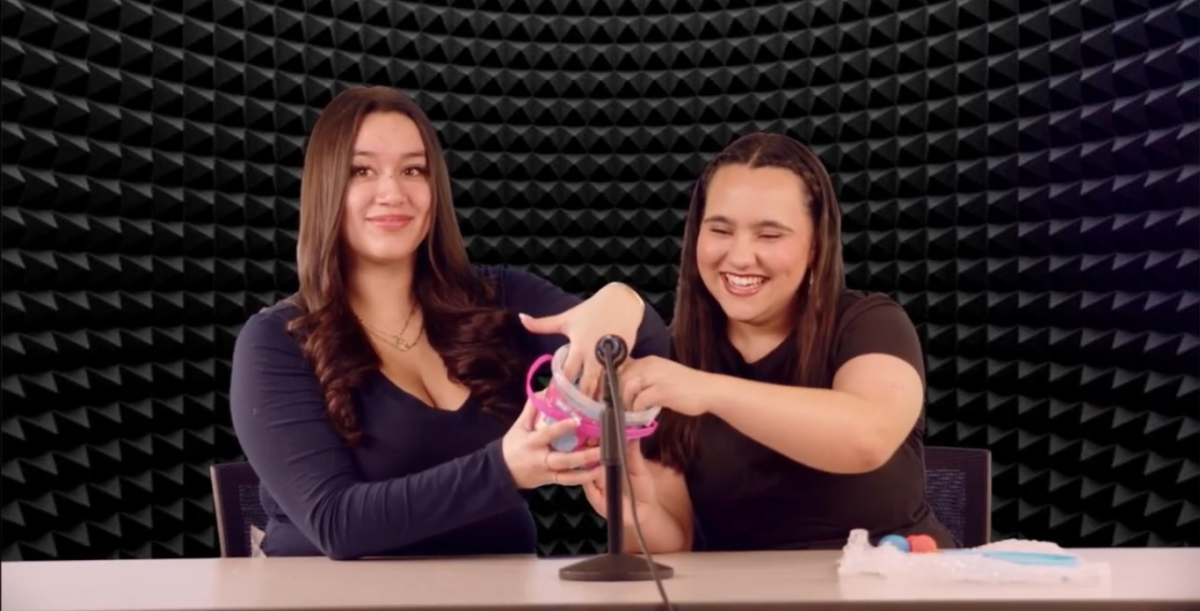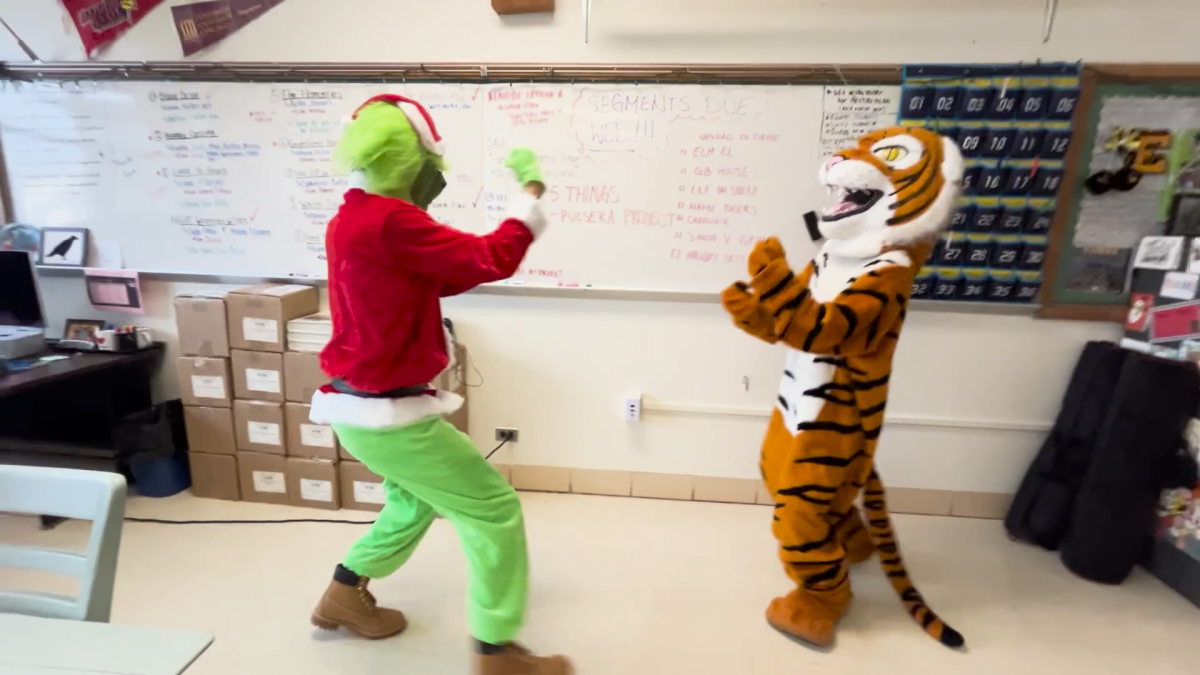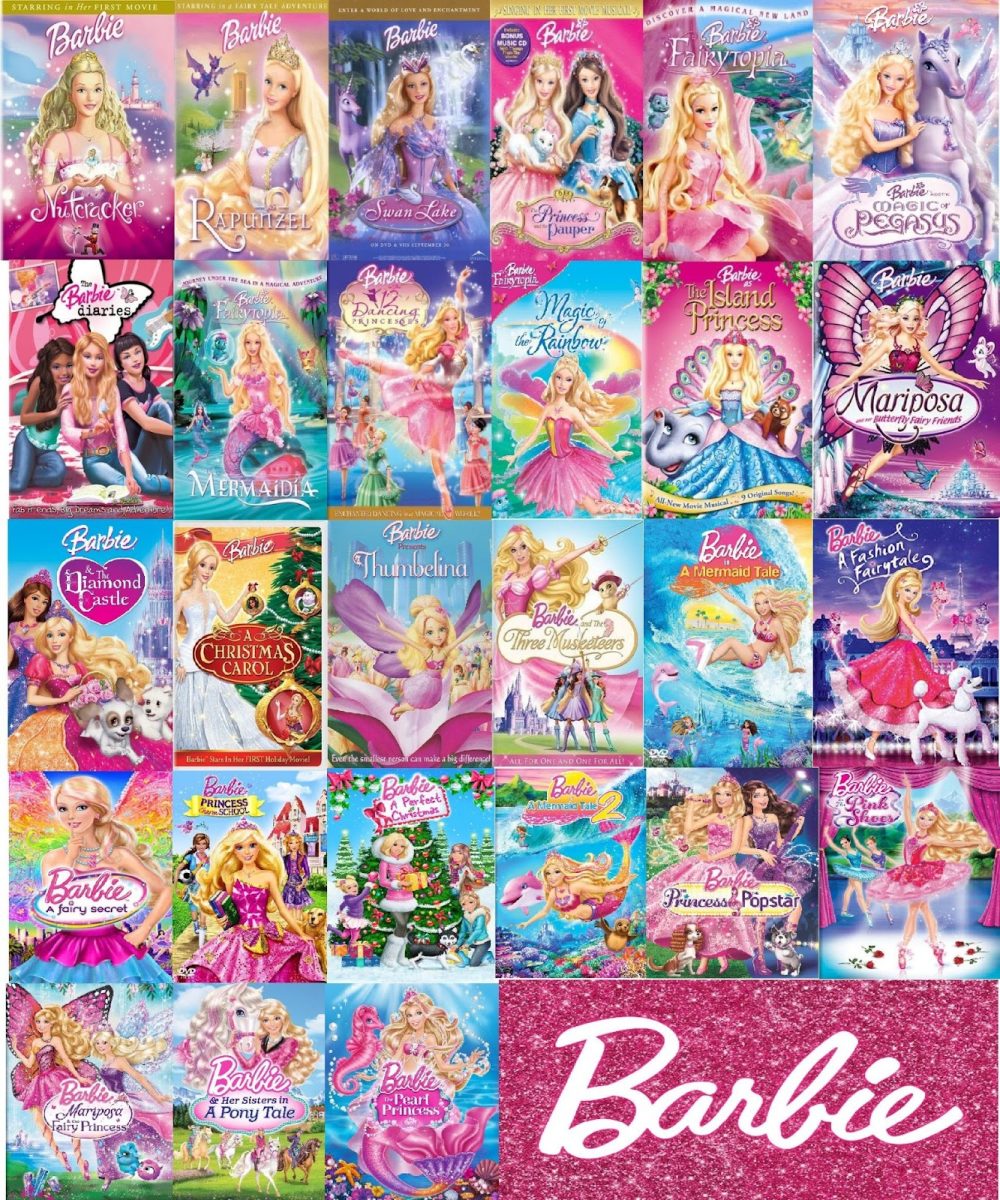Introduction
The LEGO Company was founded by Ole Kirk Christiansen in Billund, Denmark in 1932. In 2023 alone they made over $8.8 billion in revenue, beating large toy brands such as Mattel. They’ve collaborated with so many different brands, some including Disney, Marvel, Microsoft, Star Wars, and NASA.
The Wooden History
Ole Kirk started with opening a shop where he sold wooden household items. In 1924, his son accidentally set some wood chips on fire, which destroyed his shop and home. He built a larger workshop, but when the stock market crashed in America in 1929 and his wife died in 1932, he fell into financial troubles and had to lay off all of his staff. He wanted to create things that were inexpensive so people could buy them, so he made toys. It wasn’t working and he slid into bankruptcy, but he wouldn’t stop making toys. He pushed through and decided to change the name of the company to reflect the new direction. He changed the name to LEGO, coming from the Danish words, leg godt, meaning play well.
Ole Kirk was an amazing toy maker, gathering loyal customers and his bestseller being a wooden duck that had a beak that could open. In 1942, his business was threatened again by another fire. Due to a lot of resources not being available by World War II, he added the use of plastic with plastic-injection molding, which forced plastic into a mold. By 1949, he came out with the first bricks, being called the Automatic Binding Brick. The bricks were inspired by similar bricks invented by a company in Britain named Kiddicraft. Ole Kirk died in 1958, while his son was trying to make the System of Play. The System of Play allowed all of the bricks sold by the company to interlock with each other. Five years later, the company suffered another fire which burned all of their wooden toys, so they decided to switch over to plastic for good.

LEGO Ideas
LEGO Ideas originally started in 2008 with a collaboration with the Japanese crowd sourcing platform, CUUSOO. Designers who were 18 years old and up could submit ideas for new products, and if they got at least 1000 supporters, then LEGO would review it and it could become an actual product. In 2011, the website was launched globally and the audience expanded, so the supporter mark grew to 10,000. The first LEGO set to come out of this was the Shinkai 6500. The users grew too much for the platform, so in 2014, LEGO Ideas was launched. The new site added more features, such as responsive design, the age limit being lowered to 13 years old, and now only having a limited amount of time to gain enough support. Today there is an array of sets from varying interests, such as TV shows, video games, or science.

Sustainability
LEGO has been striving to be more sustainable for years. They’ve changed the bags of their puzzles to paper instead of the usual plastic. In their botanical sets, some of the pieces have been made from plant based plastics. Instead of making new molds for some of their sets, they reuse molds that look like the intended product. An example is for some of their botanical sets, LEGO uses the hat mold to mimic leaves. In 2020, they invested $400 million into their efforts, and have plans to triple that. They’ve tried over 300 different materials, but they haven’t found one yet that fits their quality and durability standards while also helping to reduce their carbon footprint. By 2030 they wish to reduce their carbon emissions by 37%, and by 2050 they want to achieve net-zero greenhouse gas emissions.
“We know that children are looking to us to do what’s right. Caring for the environment is one of their top concerns and we receive hundreds of letters a year with great ideas from kids on how we can make a difference. They are holding us to account, and we must set ambitious goals and take meaningful and lasting actions to protect their futures,” Christiansen shared about their strive for sustainability.

Conclusion
From starting with just a small wood shop to becoming the largest toy company in the world, LEGO has grown so much. With having products for everyone at every age and encouraging creativity at every turn, LEGO will continue to be around for many years to come.
Work Cited:
A&E Television Networks. (n.d.). The disastrous backstory behind the invention of Lego Bricks. History.com. https://www.history.com/news/the-disastrous-backstory-behind-the-invention-of-lego-bricks
Encinas, A. (2023, September 29). Lego moves in another direction after finding plastic bottle prototype won’t reduce emissions. USA Today. https://www.usatoday.com/story/money/2023/09/28/lego-sustainable-product-alternative-2032/70996408007/
OFFICIAL LEGO® Shop us. Home. (n.d.). https://www.lego.com/en-us




















